Meta Description: Master the basics of shower drain pipe size selection for bathroom remodels. Learn why the 2-inch standard matters, exceptions, and vital installation tips.
Embarking on a bathroom remodel? Thrilled about your new tile selections and shiny fixtures? That’s excellent! But there’s a crucial detail you mustn’t overlook the right shower drain pipe size. It’s a question that could seem technical, even daunting. But trust us; it’s one you want to get right.
Why? If the shower drain pipe is the wrong size, you could end up with too much water and even a flood in your bathroom. No one wants a flood in their new bathroom, right?

You might be thinking, “This is too hard. I wanted a nice bathroom!” Don’t worry. We’re here to help. We’ve made a guide to help you understand how to pick the right size for your shower drain pipe.
So, let’s simplify this together. No technical jargon, straightforward information that will keep your remodel on track. Ready? Let’s go!
The Basics: What is the Right Shower Drain Pipe Size?
At its simplest, a shower drain is a conduit that channels water away from your shower area. It plays a critical role in keeping your bathroom dry, clean, and safe from water damage. However, the function of a shower drain extends beyond this surface-level understanding.
When picking the best size for a shower drain pipe, most of the time, we choose 2 inches. Most people and U.S. plumbing rules choose this size because it functions well.
Putting in a shower drain pipe needs some good skills and can take 1 to 4 hours of work. When you count the time for getting ready and making adjustments, it could take 1 to 2 days in total. The cost of doing this can be between $20 and $100, depending on what your bathroom needs.
Why 2-inches: Benefits of the Standard Shower Drain Pipe Size
Fixing up your shower is a common part of making your bathroom nicer. If your shower looks old, it can make your whole bathroom look less good. When you’re putting in a new shower, one of the most important steps is putting in the drain pipe.
Why do most building rules and shower makers recommend a 2-inch drain pipe? It’s all about how fast water can flow out. The speed that water comes out of your shower is often measured in gallons per minute.
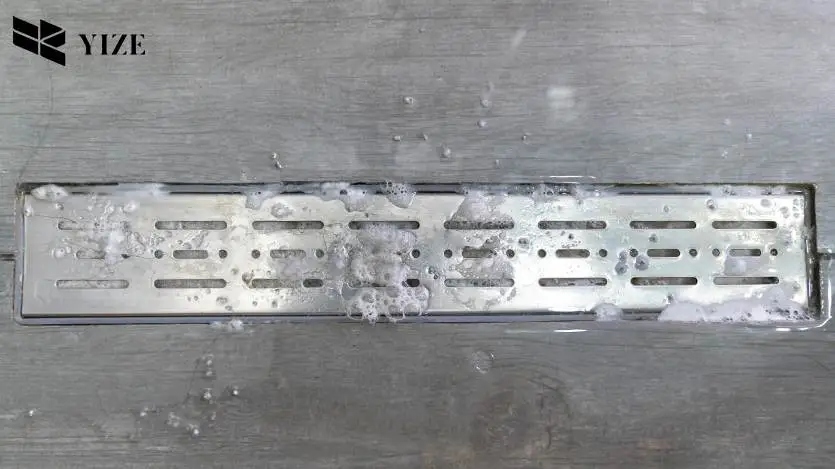
If your shower drain pipe is smaller, like 1.5 inches or less, you might run into problems.
Water might drain out at a slow pace, which can make puddles in your shower. Over time, this could lead to water damage, mold, and a shower that’s not fun to use. But, a pipe that’s too big can make it harder to install and could end up costing more time and money.
So, even if you like a smaller drain, the 2-inch drain pipe is often the best choice because it has fewer problems.
The Exception: Shower and Tub Combinations
More and more people are choosing showers that are also bathtubs. They ask: “Should we use a 2-inch pipe for the drain?”

If it’s a bathtub, a smaller drain pipe is usually OK. Bathtubs can hold a lot of water without overflowing. But, if you want the water to go away as soon as possible when you’re showering, it might be good to use a 2-inch drain pipe. This way, you won’t have to stand in water.
Planning Ahead: Things to Consider When Installing a Shower Drain
Knowing how much water your new shower will use is important when picking the drain pipe size. Showers that spray water from many directions usually need a 2-inch pipe.
But showers that use less water might be OK with a smaller pipe. If you’re not sure, asking a plumber can help you decide.
Also, the same size doesn’t work for every shower. Like, a bigger custom shower might need a bigger drain pipe to handle all the water effectively.
Installing a Shower Drain: Key Points to Remember
Even though licensed professionals usually install shower drains, knowing a bit about the process can help you understand better. This way, you know what you’re paying for.
The process of pipe installation is usually quick, taking only a few hours if the shower base is prepared. However, it’s essential to be aware of potential situations that might arise post-installation:
- Check the Drain Pipe Size: Ensure that your shower drain pipe aligns with local building codes to avoid unnecessary trips to the plumbing supply store.
- Accessibility of the Pipes: Occasionally, reaching the pipes requires cutting through the ceiling below the shower, especially in cases of leaks. Timely replacement of damaged drywalls and drains can prevent more extensive damage.
- Navigating Tight Spaces: Sometimes, obstacles like wiring and pipes might hinder the drain and pump access. In rare cases, it might be necessary to completely remove the shower base to access the drain from the top.
- Consider Replacing the Whole Trap: Sometimes, old drains are hard to fix. It is because they’re stuck together tight. If the drain pipe is too short, it might be easier to replace the entire part instead of trying to make the pipe longer.
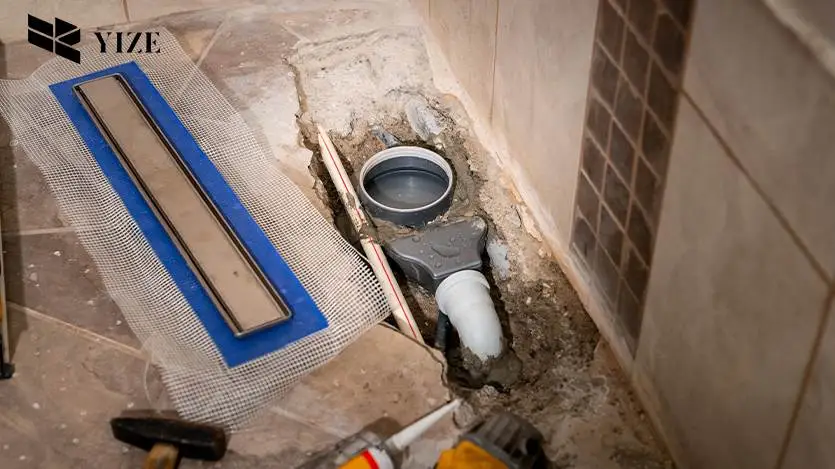
Replacing Your Shower Drain: Making the Right Choice
If you’re considering replacing your existing shower drain, here are two methods to ensure you get the right size:
- Remove your old drain, cut it, and measure the drainpipe’s diameter.
- Opt for an adjustable shower drain that can accommodate any size.
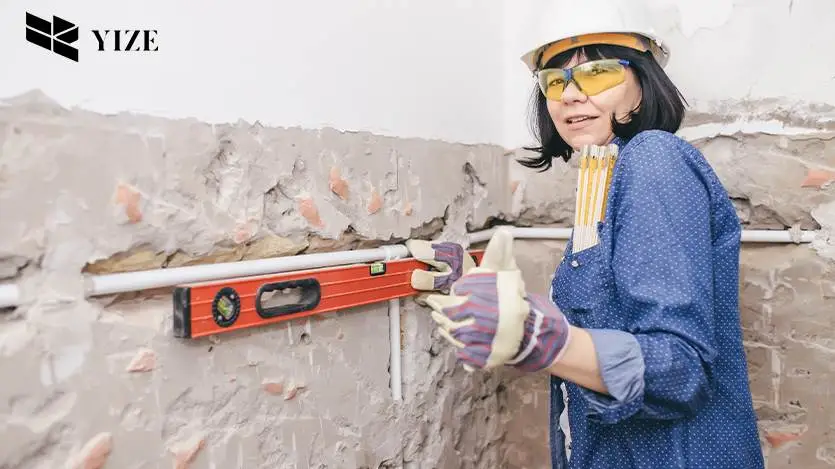
For showers, we usually use 2-inch wide pipes. But for bathtubs and the drainpipes in sinks, we often use pipes that are 1.5 inches wide. The shower pipes must be larger than 1.5 inches to accommodate a greater water volume at higher speeds.
FAQs: Getting the Right Shower Drain Size
1. Are All Shower Drain Covers the Same Size?
No, drain covers come in different sizes to match the various drain sizes. Always check the specifications before purchasing.
2. What Is A Standard Shower Drain Size?
The standard size is 2 inches in diameter, although 3-inch drains are also quite common.
3. Is it OK To Cover A Shower Drain?
Yes, as long as it is with a designated drain cover or hair catcher, which can prevent blockages caused by hair and debris.
4. Where Should A Shower Drain Be Placed?
You should put the drain at the lowest part of the shower floor. This helps the water to flow directly towards it. For an even floor during your shower, it’s good to place the drain in the center.
5. Can A Shower And Toilet Share The Same Drain?
Yes, a toilet and shower can share the same drain but not the same waste trap arm due to sanitary precautions.
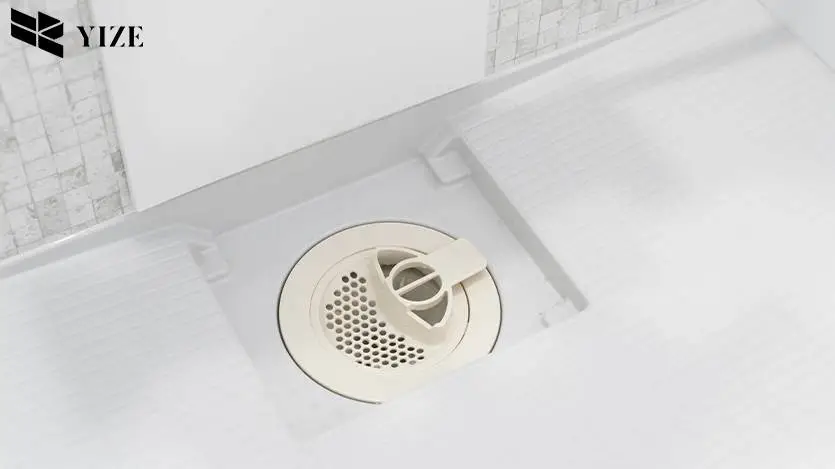
To Wrap Up!
Understanding the answer to “What is the Right Shower Drain Pipe Size?” is a crucial part of a bathroom remodel. While some bathrooms may function with a 1.5-inch drain pipe size, the standard 2-inch size is recommended to prevent potential water overflow problems. However, individual shower specifications and local building codes may necessitate adjustments.
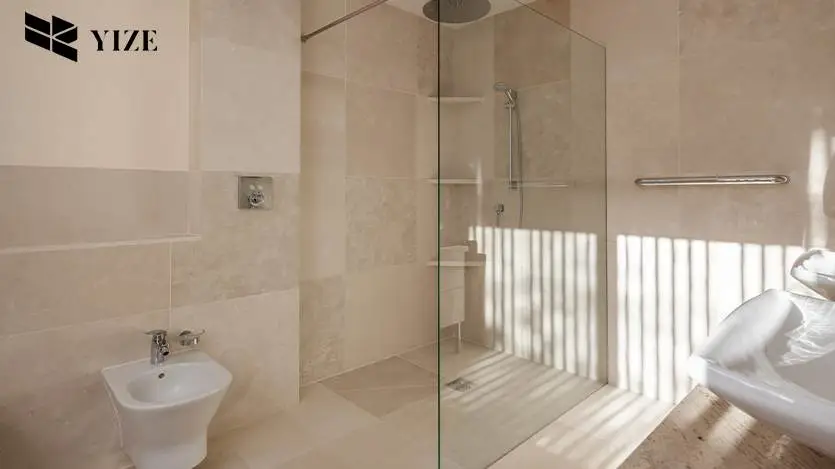
With the correct shower drain pipe size, you’re set for a smooth remodel and enjoyable showers. It’s a good idea to ask for help from a pro to make sure this important job is done right. If you have any more questions, don’t hesitate to ask.

